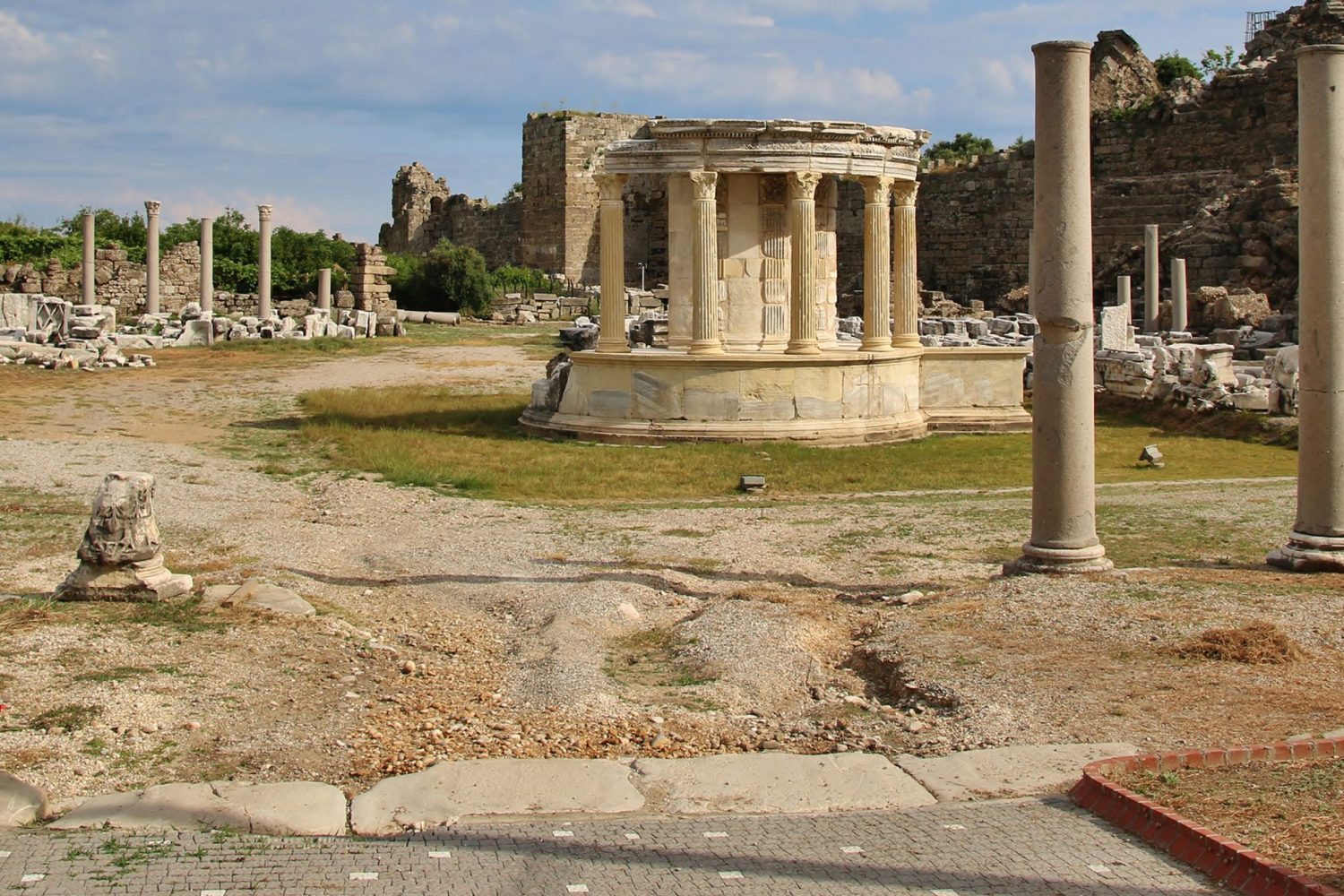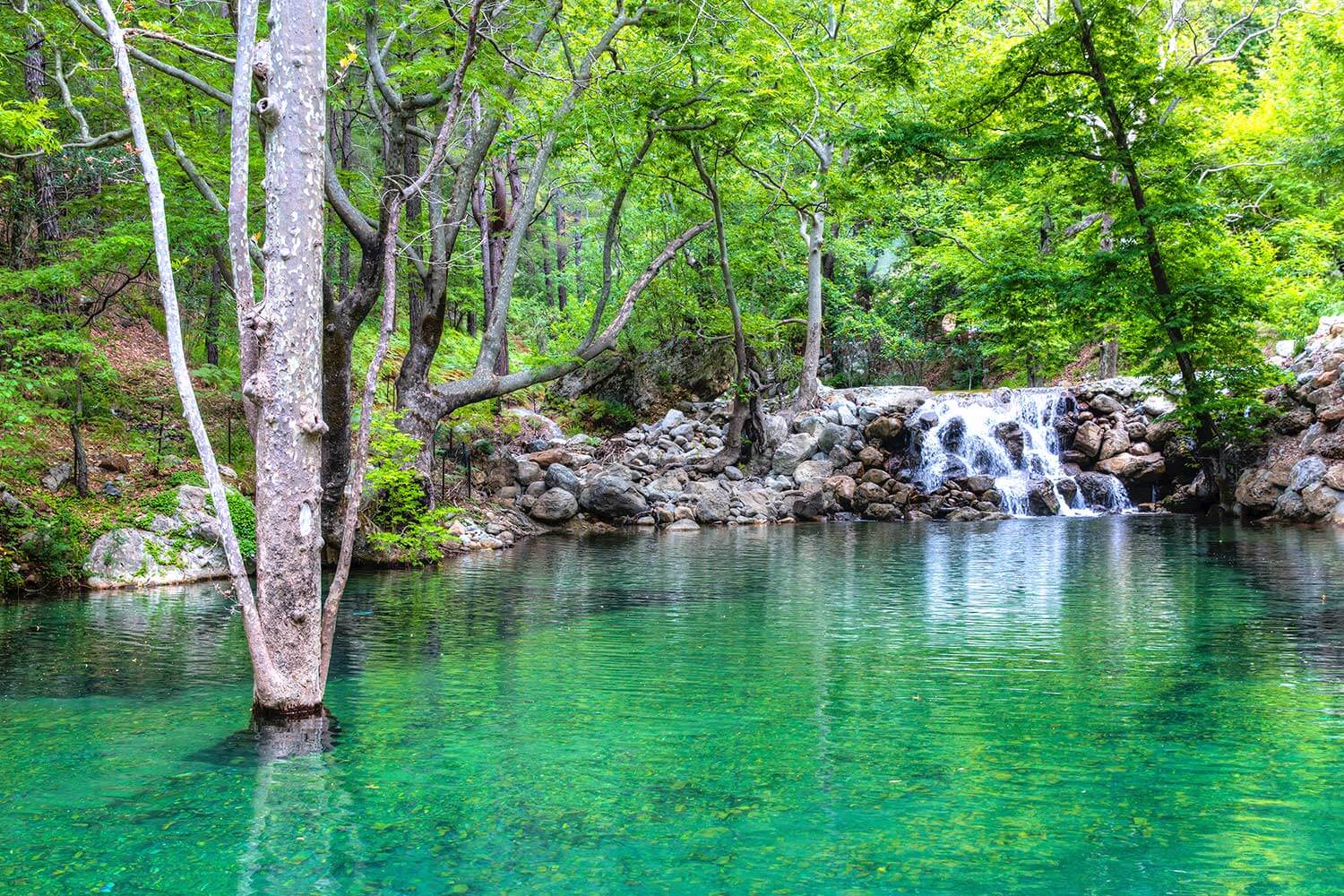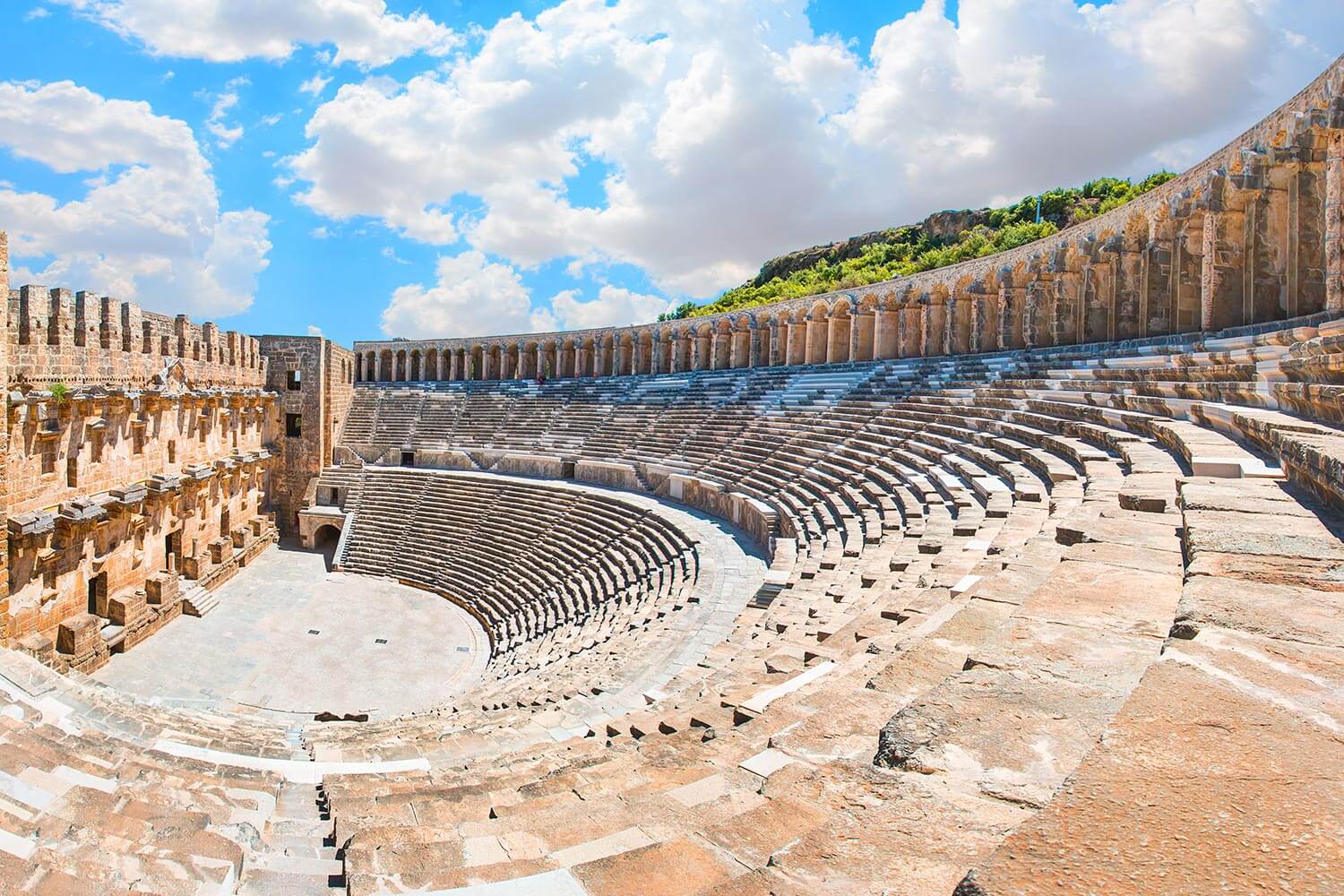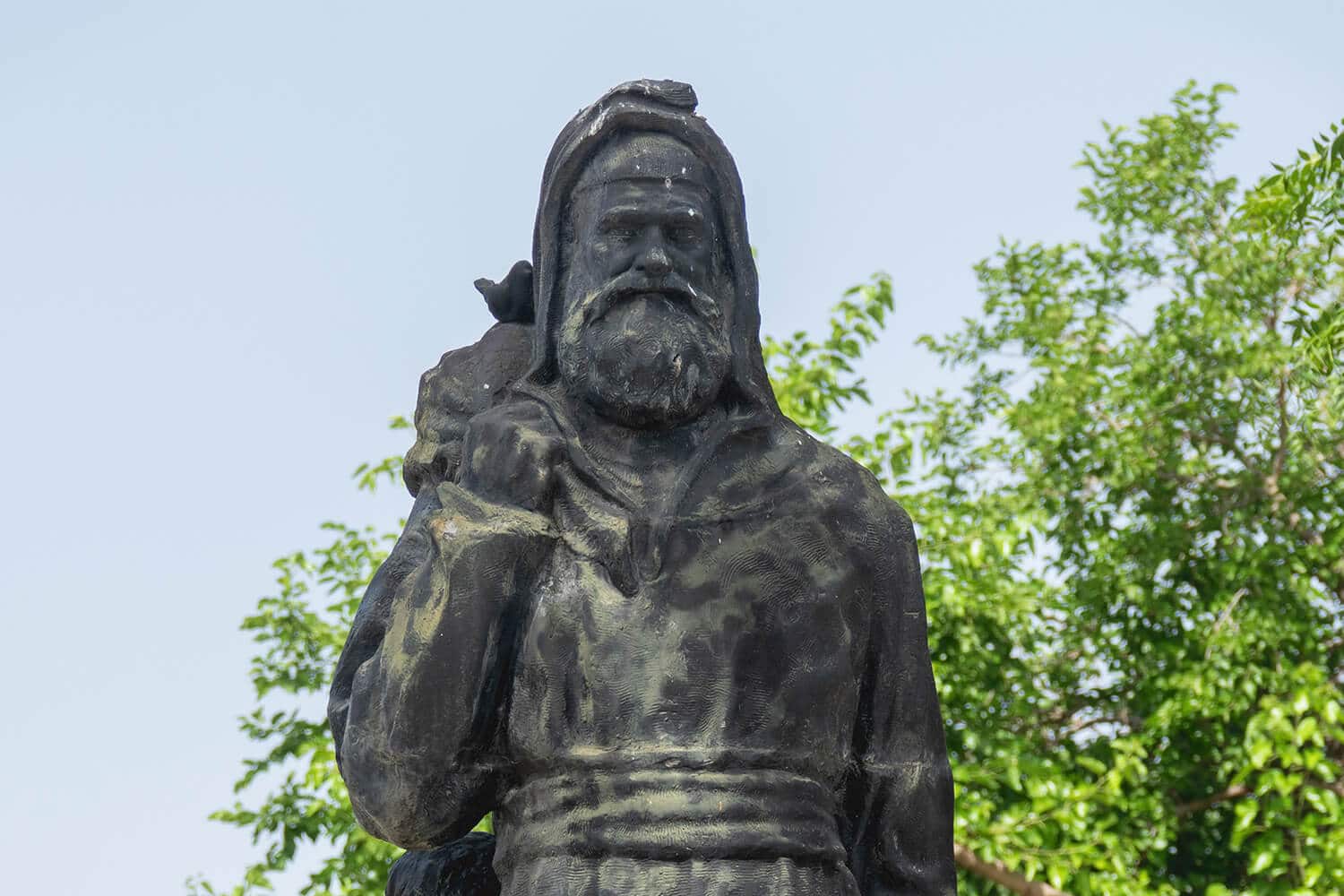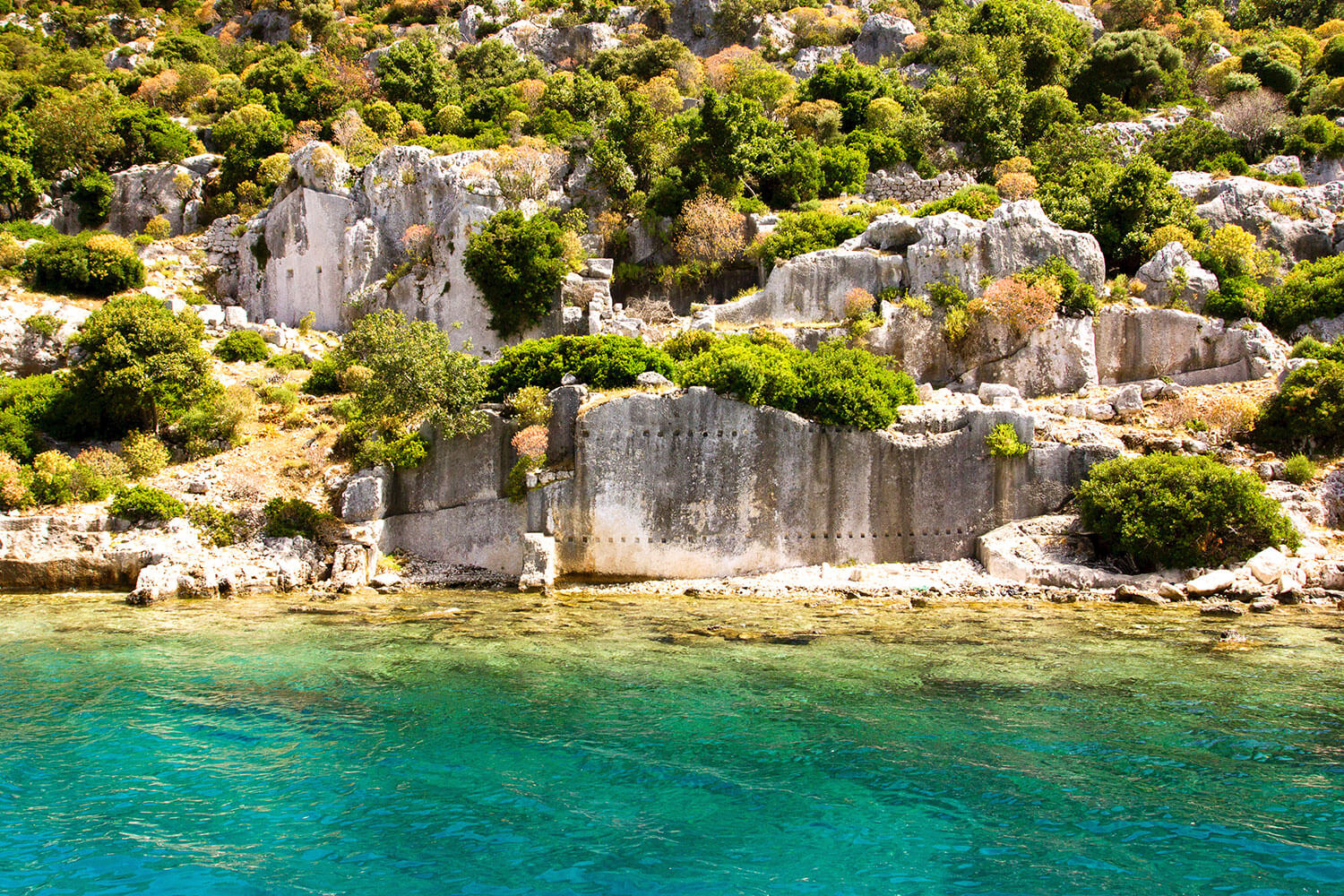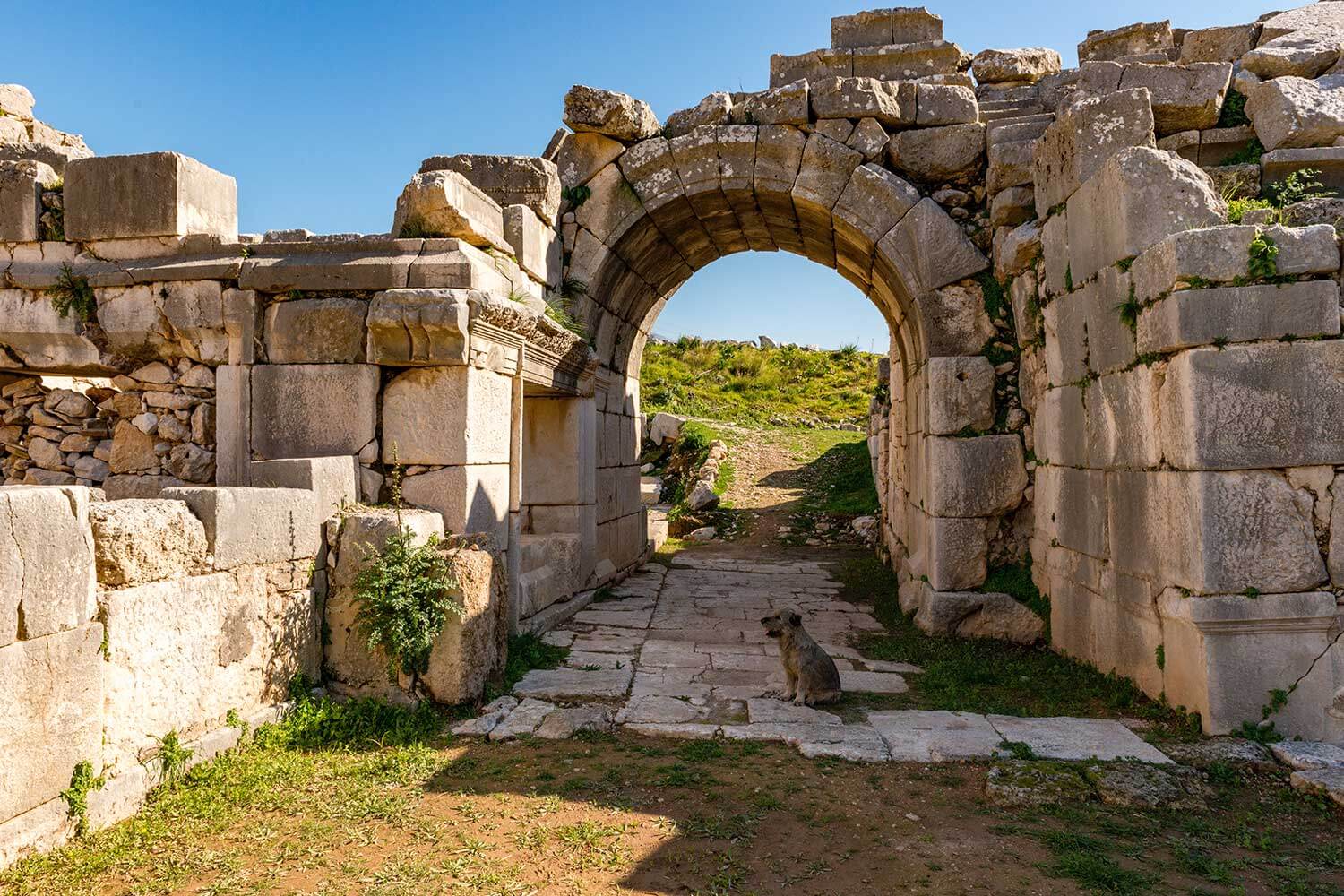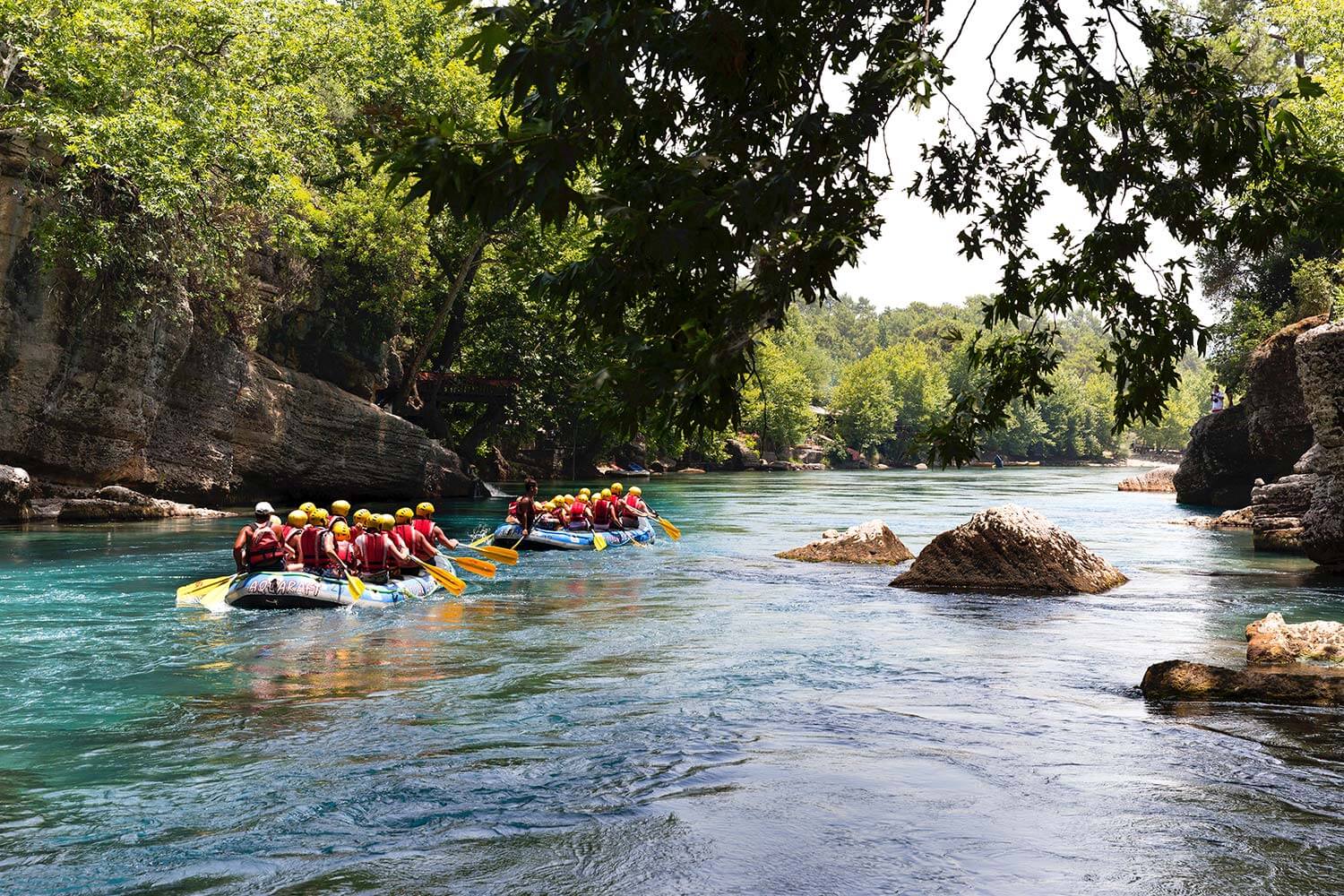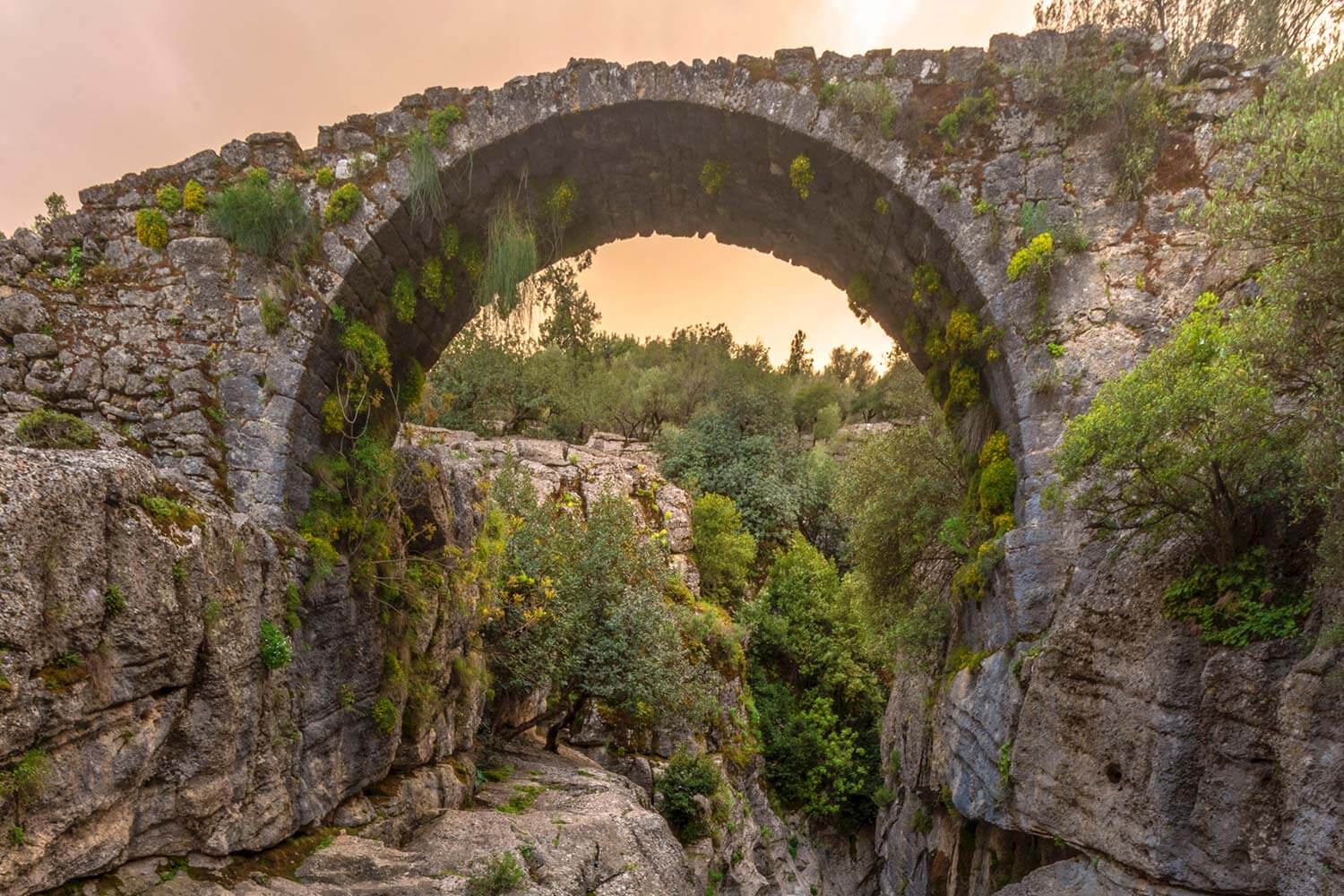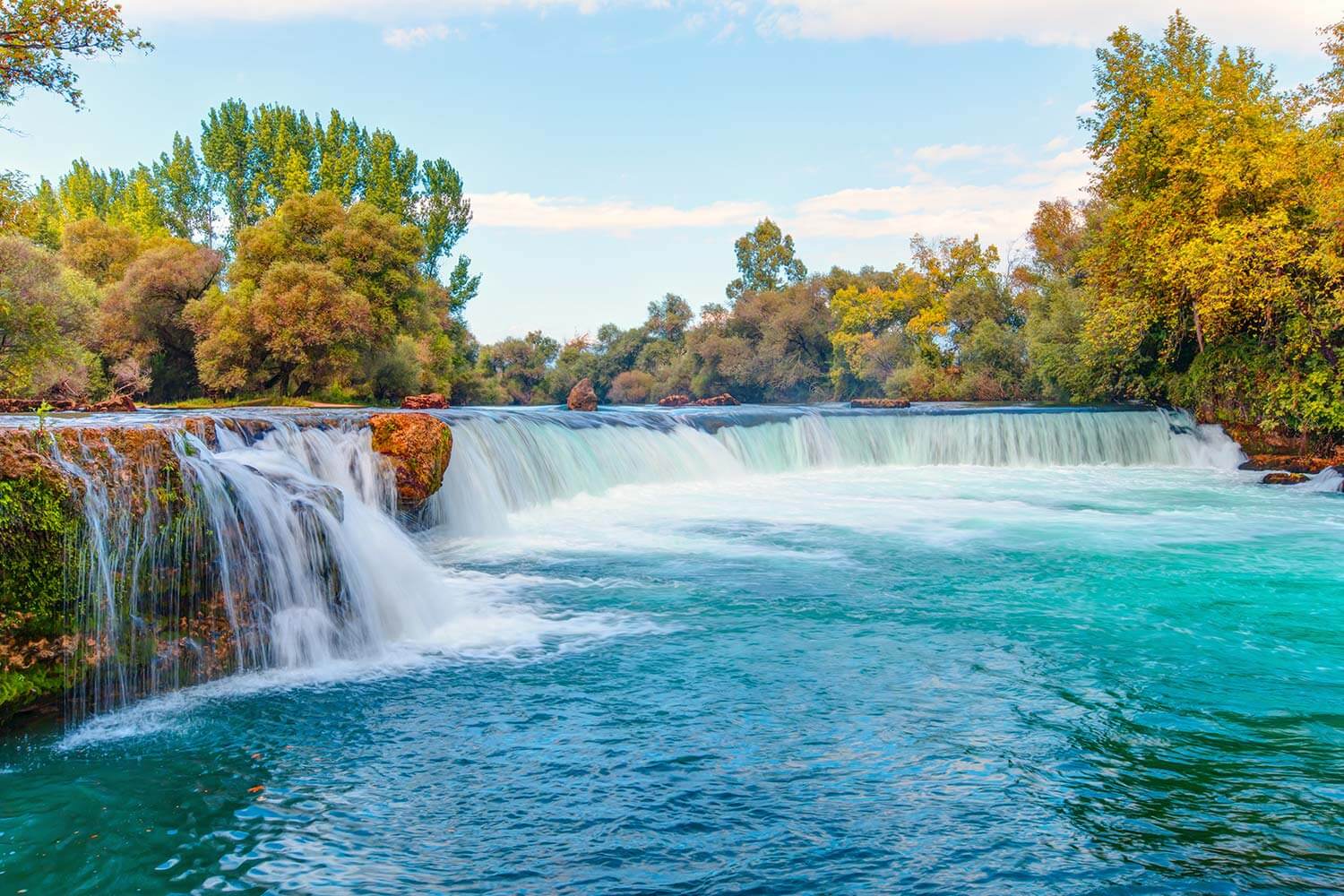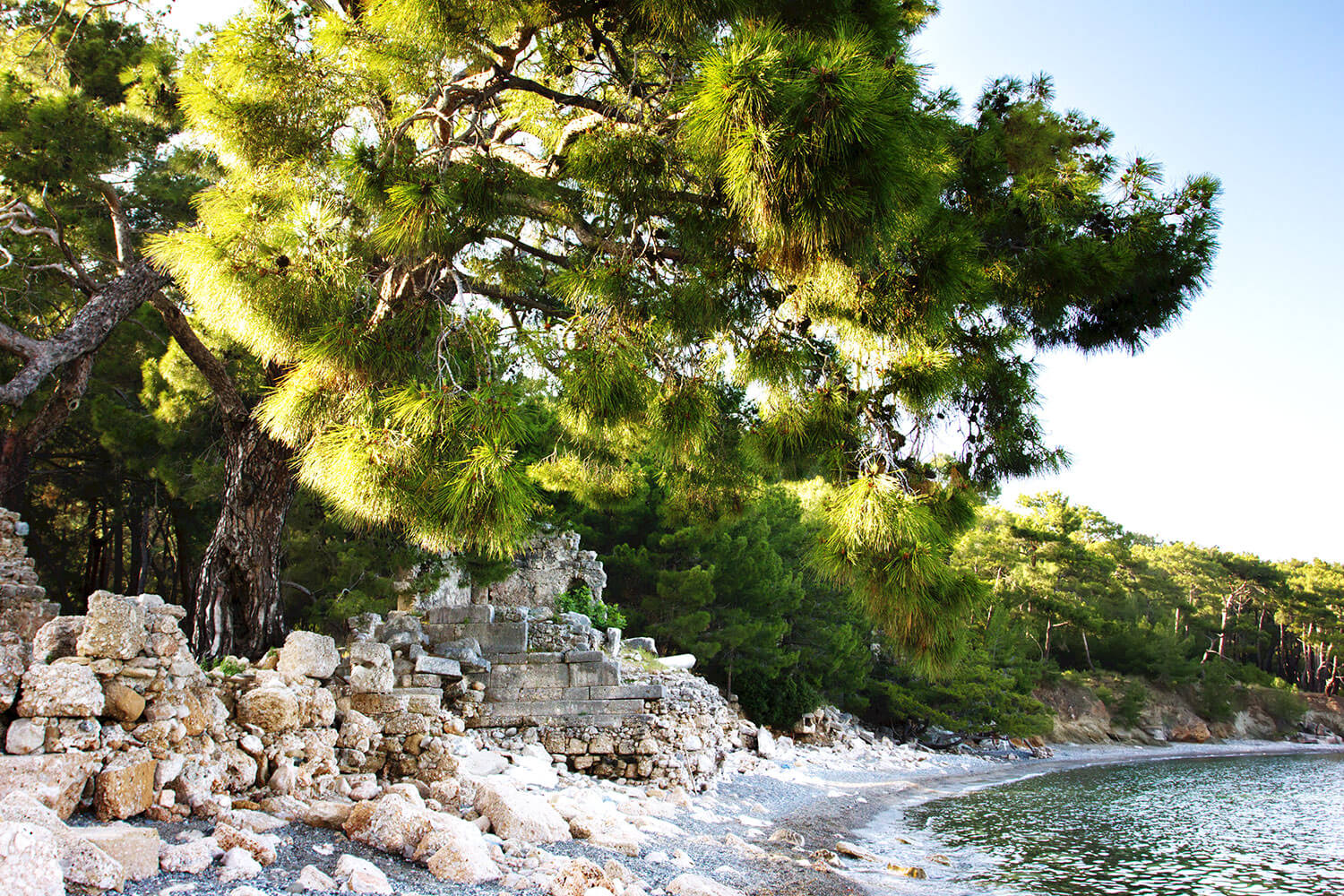Here are some of the best places to visit in Xanthos:
Xanthian Acropolis: Explore the elevated area of the city where you can see the remains of temples, fortifications, and other important structures.
Nereid Monument: Admire the impressive tomb dedicated to the Nereids, sea nymphs of Greek mythology, known for its intricate carvings and reliefs.
Harpy Tomb: Visit this unique tomb adorned with reliefs depicting winged Harpies, and mythical creatures, and marvel at its architectural design.
Xanthian Obelisk: Study the historical monument covered with inscriptions and reliefs that provide valuable insights into the history and political structure of Xanthos.
Lycian Tombs: Explore the rock-cut tombs scattered throughout the city, showcasing the architectural skills and burial traditions of the Lycians.
Xanthos Theater: Step into the ancient theater of Xanthos and imagine the performances that once took place in this well-preserved structure.
Xanthos Museum: Visit the museum located nearby to learn more about the history and artifacts of Xanthos, with a collection of archaeological finds from the site.
Xanthos River: Take a stroll along the banks of the Xanthos River, which flows near the ancient city, offering scenic views and a tranquil atmosphere.
Agora: Explore the ancient marketplace and social hub of the city, where commerce and social activities took place.
Letoon: Visit the nearby site of Letoon, an important religious center in Lycia and part of the UNESCO World Heritage Site along with Xanthos.
Xanthos Bridge: Admire the ancient stone bridge that once spanned the Xanthos River, showcasing the engineering skills of the ancient inhabitants.
Xanthos Stele: See the monumental stone pillar engraved with historical inscriptions, providing valuable information about the city’s history and culture.
Archaeological Excavation Sites: Observe the ongoing excavations in different parts of the city and witness firsthand the discoveries and research being conducted.
Scenic Views: Take in the panoramic views of the surrounding landscape from elevated points within the city, offering breathtaking vistas.
Nature Walks: Explore the natural surroundings of Xanthos, taking leisurely walks along the paths and enjoying the flora and fauna of the region.










